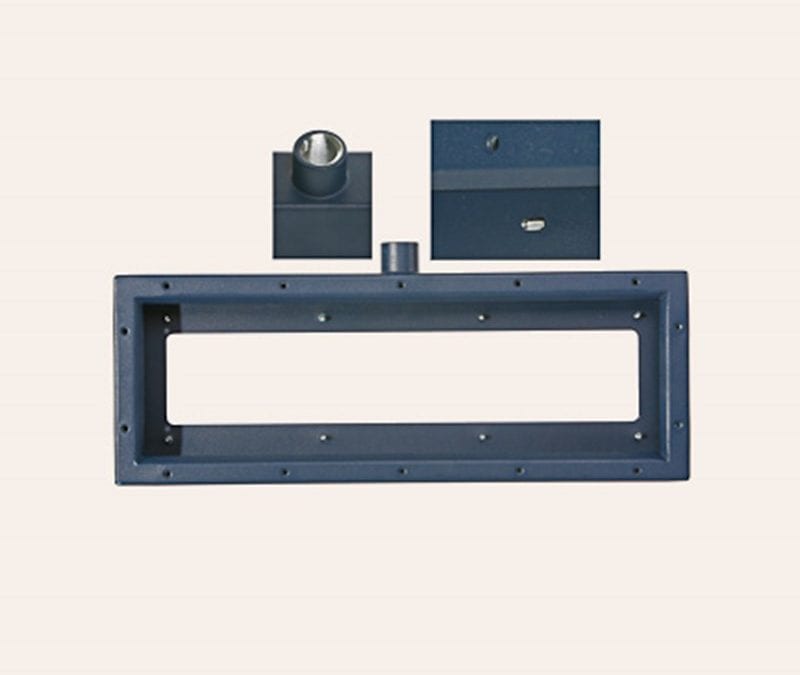If you’re here, then you’ve obviously heard of metal stamping. However, just because you know of it doesn’t mean you understand what it is. So, we thought this was a good opportunity to explain just what metal stamping is, its associated processes, and why you would need these services.
What is Metal Stamping?
Metal stamping is the process that uses stamping presses and dies to turn sheets of metal into specific shapes. You may also hear metal stamping called “pressing.” During the process, flat sheets of metal, called blanks, are inserted into a metal stamping press that utilizes surface dies and tools to shape the metal.
This process is valuable because it’s a fast, cost-effective way to produce a large volume of identical metal parts. Stamping can be used for long or short production runs and can be used with other operations to form metal. Metal stamping manufacturers use various techniques that include:
- Embossing
- Flanging
- Punching
- Bending
- Blanking
- Coining
Types of Metal Stamping
There are several types of metal stamping. Manufacturers will choose the type based on what kind of finished product is needed. The types are called hot metal, progressive, and precision. Let’s take a closer look at each.
Hot Metal Stamping
As the name implies, this form of metal stamping uses extreme heat to form the metal. The boron steel is heated to a minimum of 1700 degrees Fahrenheit and is quenched in the die directly. This results in a steel part that’s lightweight yet still high-strength. In fact, strength is the draw to this type of metal stamping.
Progressive Metal Stamping
Progressive die stamping, or simply progressive metal stamping, sends metal pieces through multiple stations where one single action occurs at each stop. During progressive stamping, the metal is attached to a long piece of material, which the last machine will cut from the finished product.
Progressive metal stamping is a great choice for companies looking for long-run processes that need high volume. With this type of metal stamping, manufacturers can get large parts requiring multiple presses made in high volume in short amounts of time. The best part of this option is that the dies are quite durable, resulting in minimal waste.
Precision Metal Stamping
When deciding between types of metal stamping, manufacturers producing three-dimensional or raised pieces use precision metal stamping. This process uses fewer movements of the metal between machines, which results in faster production times. It’s also an excellent option when you need intricate designs that must adhere tightly to specs.
You will need precision metal stamping services if tolerances must remain between 0.0005 and 0.001 inches for the roundness or 0.001 to 0.002 inches for the length. This process applies to a wide range of products, such as electronics, parts for engines, components for aircraft, and prototypes.
Metal Stamping Manufacturers
As you can see, metal stamping is a process that’s vital for most industries. If you are looking for metal stamping manufacturers, contact us! Fox Valley Stamping specializes in short run stampings, CNC laser cutting, and metal fabrication. We’d love to help with your next project!
Read Next: Progressive vs. Short Run Stamping




 847.741.2277
847.741.2277
